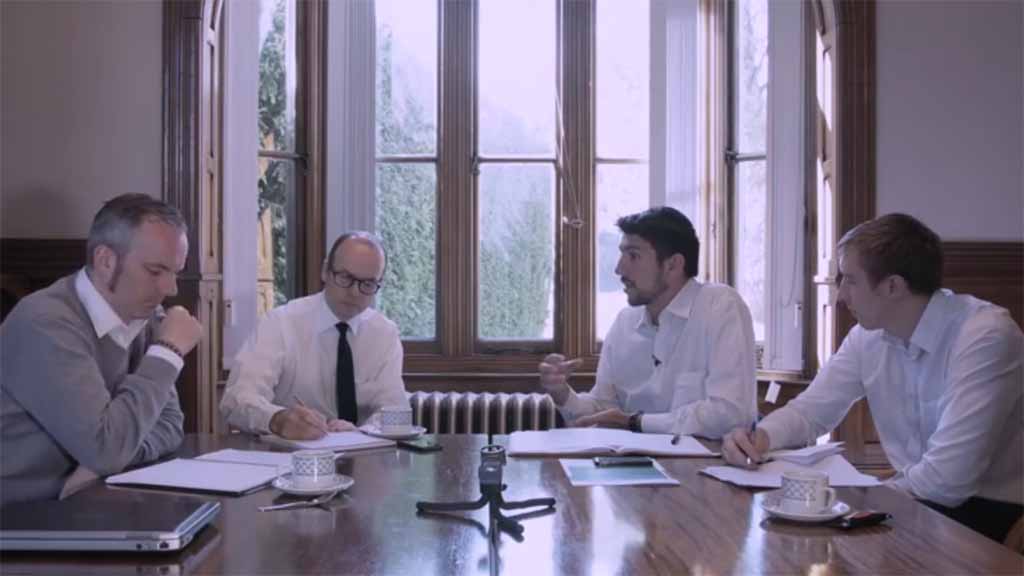During the first episode of our video interview series we asked Prof Tim Stonor, director at Space Syntax and Dr Stuart Chalmers, Data Scientist at BRE, about their opinion regarding the use of open data in the construction industry.
We heard from Stuart about the data owned by BRE particularly in relation to the BREEAM certification process. Although BREEAM has substantially improved the environmental performance of the UK construction industry, its benefits would not be fully grasped if we failed to use the data generated during the certification process. As much as the rating analytics already provide useful information, the process that led the design team to achieve such certification would provide an even better insight into where our industry should focus in order to improve sustainability, reduce costs and improve value. Moreover, by opening their datasets, BRE could allow the global development community to come up with completely new ideas on how to overlap BREEAM data with transportation, health, efficiency, cost etc.
The creative aspect of handling data was highlighted by Tim who took us through the journey of progressive integration of design and computer science. Open data will not only allow software developers to produce new applications, but it could also enable the construction industry to standardise their data format, allowing them to share modelling reference information. When testing the potential impact of a proposed development, both private and public proponents could benefit from a single, open source dataset of contextual information. This will allow better briefing and real time model testing of project assumptions.
It became clear that, in order for our industry to grasp the full potential of open data, new skills are needed. Next to designers, planners and engineers, data scientists will more and more form part of the construction supply chain.
Computers have slowly replaced ink and paper on the desks of designers. The tools have reached a level of sophistication that computers do not only provide an aid to drawing, i.e. an image of reality, but they can generate an accurate model of content, context and object of construction, i.e. a fully integrated virtual reality. Modelling is key to understand how system works and to simulate the social, economic and environmental impact of projects before putting resources at risk. The more openly we make data available, the more accurate our models will be.

